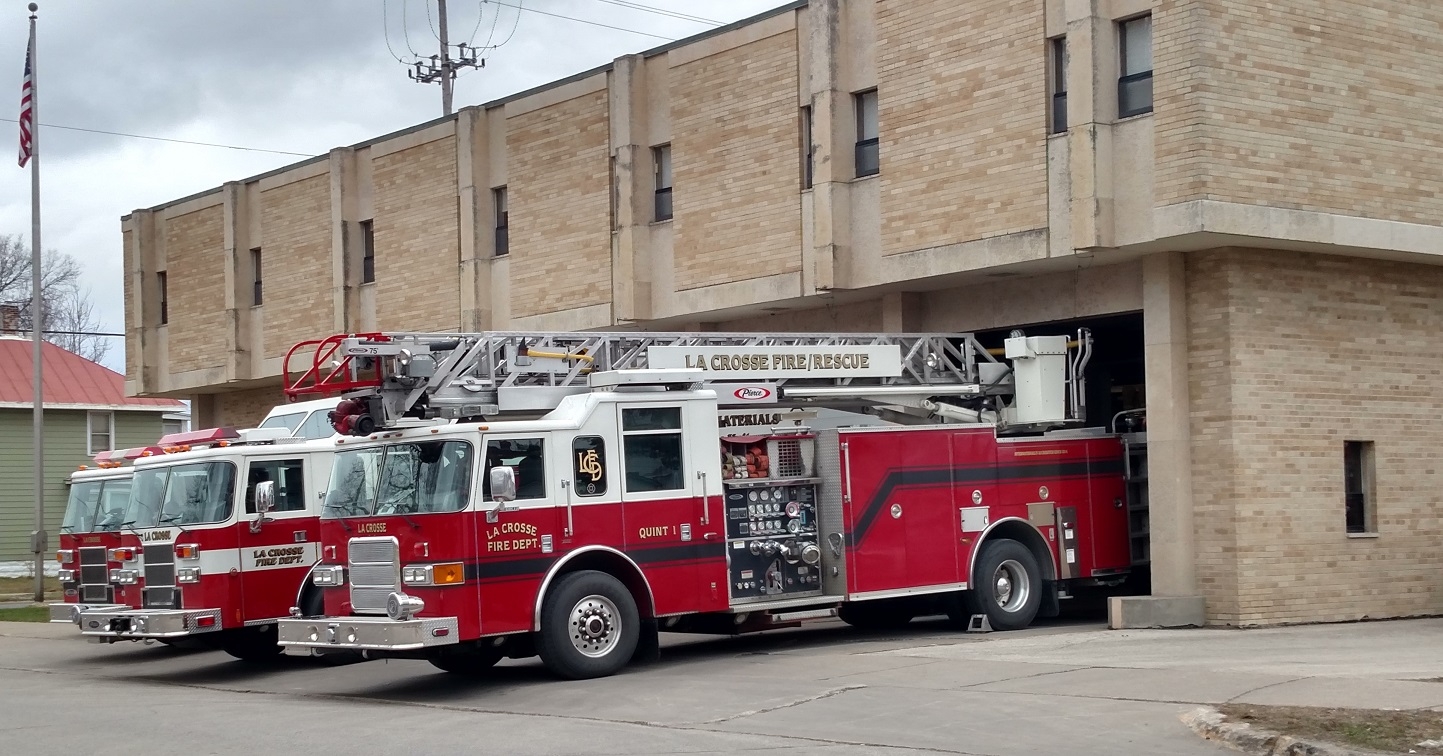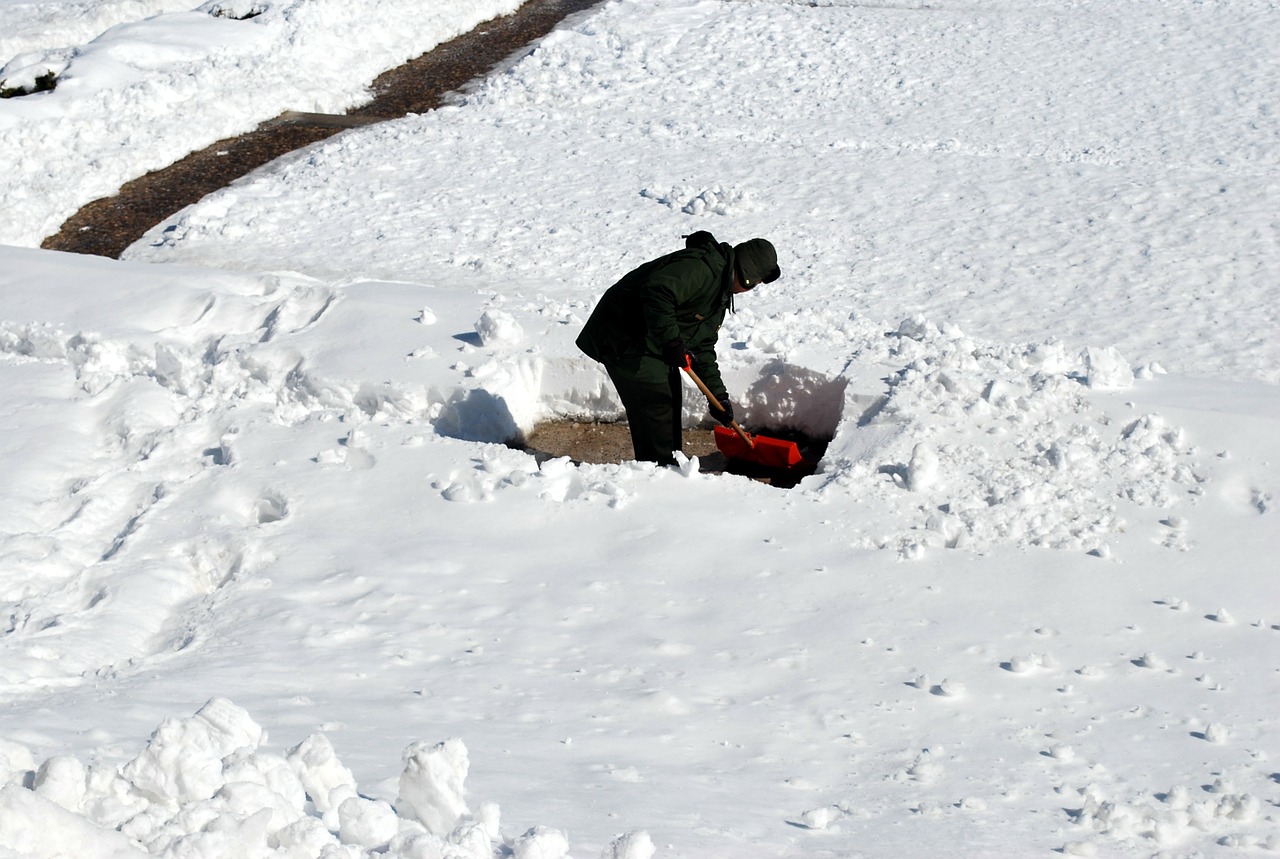Local News
Regional cooperation remains top goal of La Crosse fire chief

There might not ever be one fire department to serve all the local communities around La Crosse but a little more cooperation wouldn’t hurt.
Something La Crosse fire chief Ken Gilliam talked about earlier this month while in the WIZM studio.
Reinforced in the past week in an email to chiefs of departments in surrounding communities.
Gilliam raised the issue of regional cooperation again after a recent fire in Campbell. Departments outside of La Crosse were called to help at the small chimney fire, while La Crosse fire crews sat idle about two minutes away.
Gilliam expressed his frustration about that situation in the email, saying, “This needs to stop. I truly believe that the public expects better of us all. … I am feeling as if no one is taking my offers to assist seriously.”
Gilliam also wrote, “I don’t want to see a future tragedy as a reason for change,” in reference to trucks from other departments driving quickly through the city to get to an emergency.
Gilliam, about a year into his new job as fire chief in La Crosse, believes working together is the best thing for the area. It’s the convincing of other communities that might take a little work. Regional cooperation remains one of his top goals.
“It’s kind of right in line with the fire station discussion, with the fire engine discussion,” Gilliam said. “The question is, ‘Are we duplicating apparatus? Are we building fire stations a mile apart from each other?’”
“Collaboratively, even if everybody stayed independent, there are success stories around the nation where we’re getting around those things and working together,” he said.
While there’s a long history of mistrust between La Crosse and surrounding communities due to annexation disputes, Gilliam told us he’s not interested in opening up those old wounds.
“I’m not trying to offend anybody,” he said. “I don’t want to get into an annexation debate and the cost of taxes when you cross over some imaginary line, down one road into a cul de sac and the town changes twice over.”
The ability to get communities to work together is something that’s already being done elsewhere.
“A lot of cities are going to a ‘closest unit dispatch,’ Gilliam said. “Wherever your station’s at, if you’re the closest rig or if Onalaska is by the mall with their rig and we’re further away, it’ll peg the closest unit.
“The authority that has jurisdiction is responsible for that call, but it’s about getting trained responders to the scene of an emergency quickly.”






